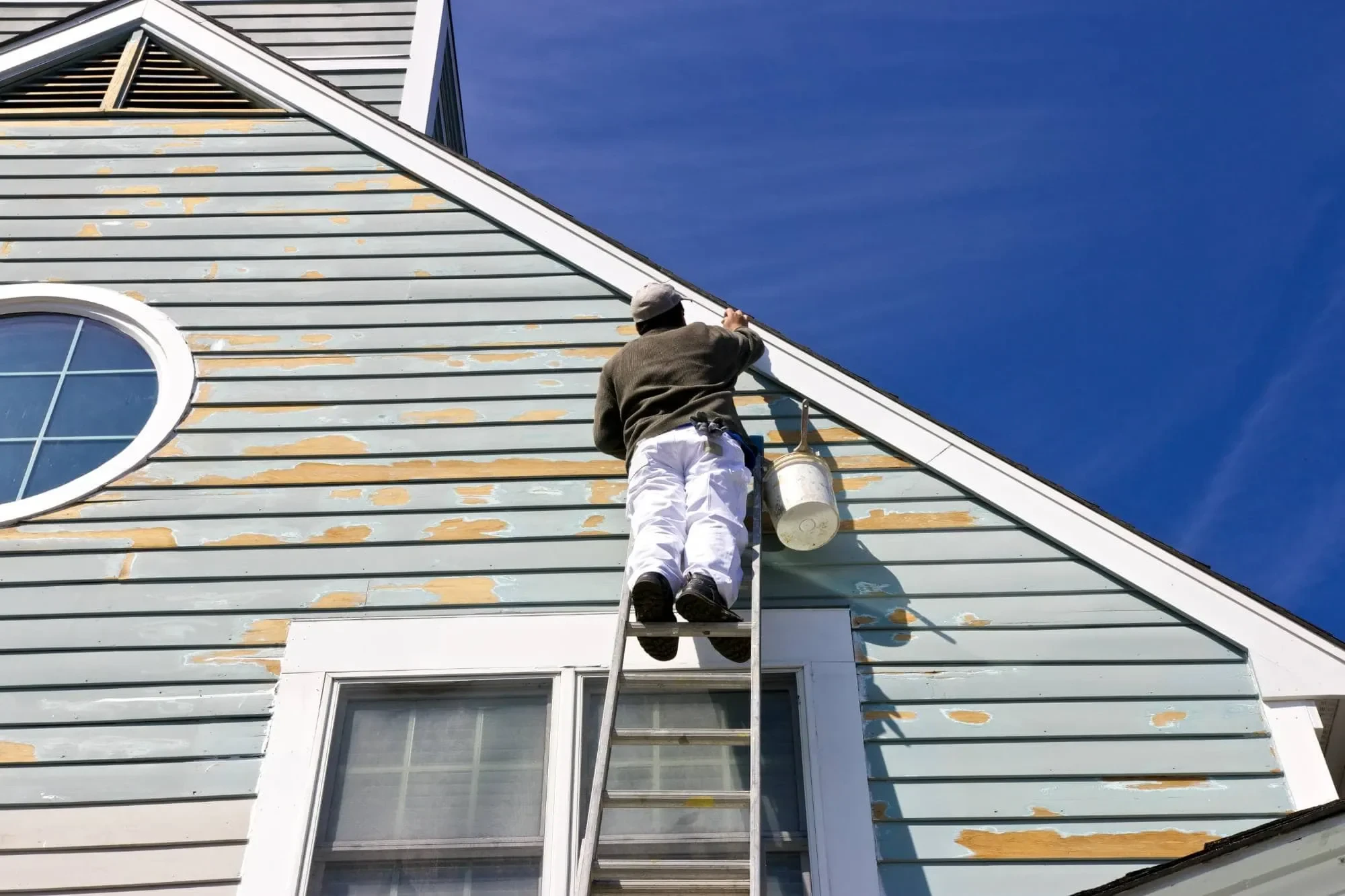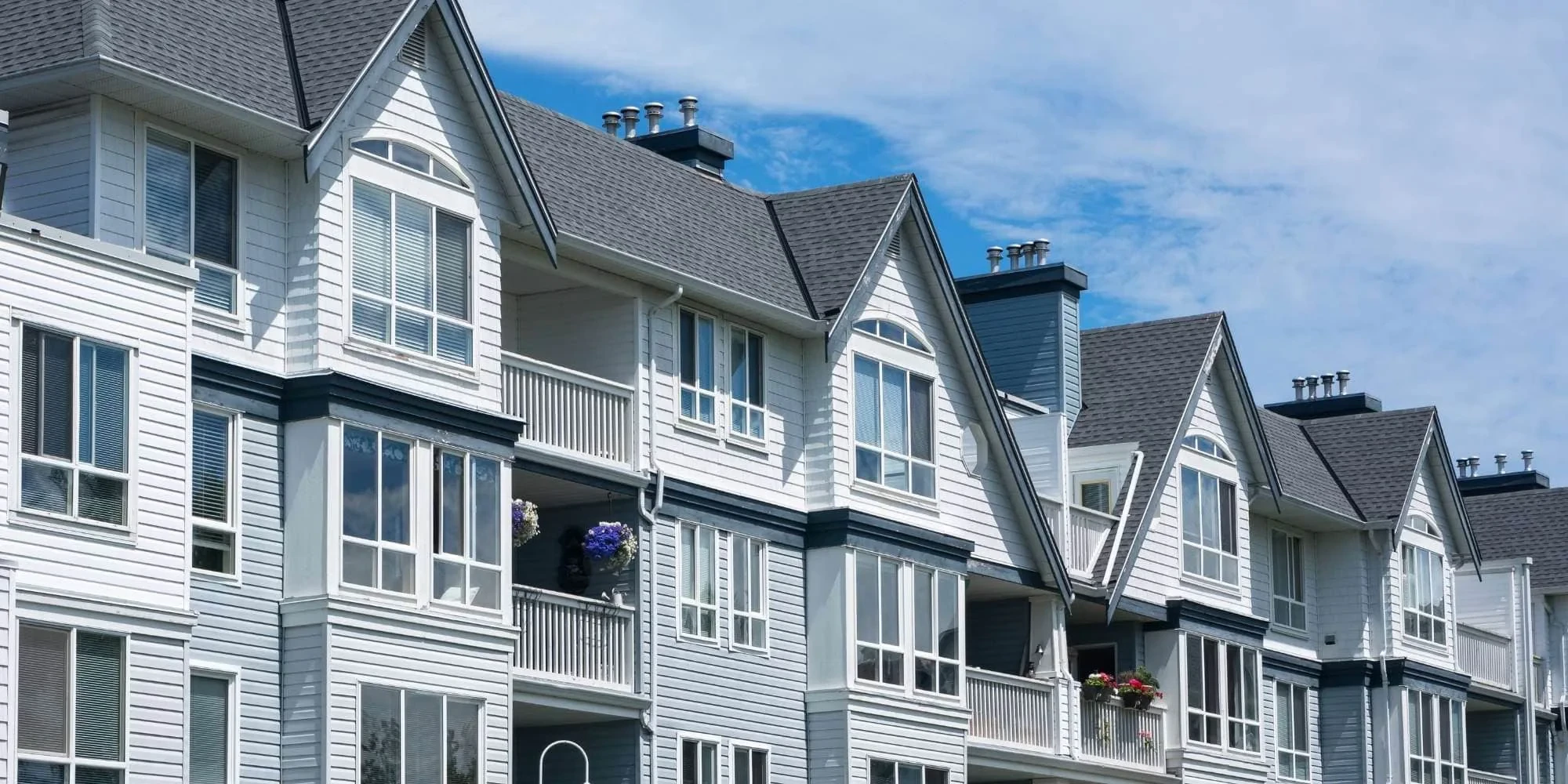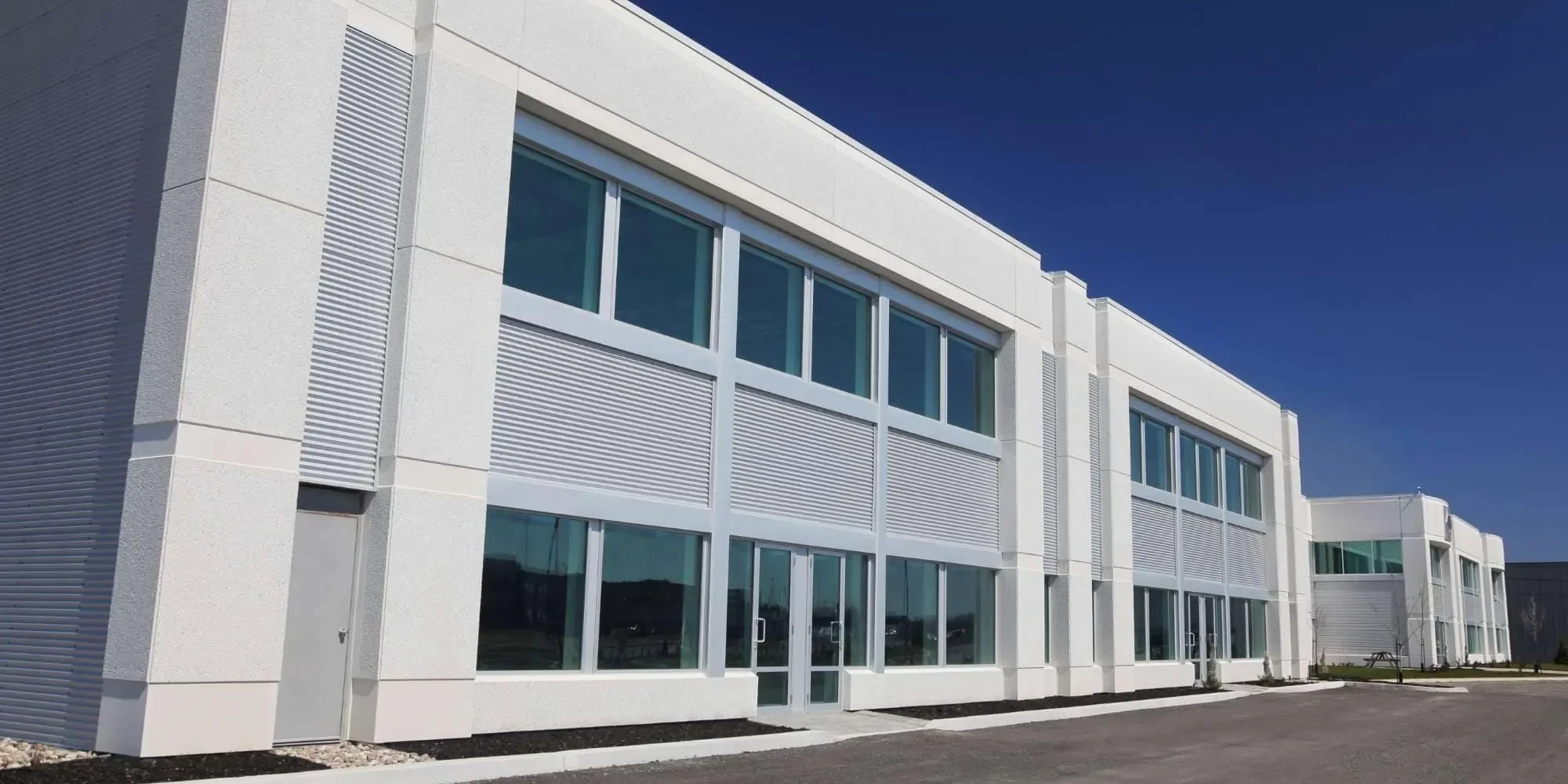
Summary:
OSHA sets the rules for safety in painting, and professional contractors must follow these regulations to protect both workers and homeowners. OSHA standards mandate that painting contractors must wear air line respirators in confined spaces and filter masks in larger or well-ventilated areas to shield workers from harmful paint fumes.
OSHA requires the use of PPE on construction sites for workers, but the type of PPE for painters will vary, depending on the job. This isn’t just about worker protection—when contractors follow proper safety protocols, they prevent contamination of your living space and reduce health risks for your family.
Cutting corners to save time or money can end up costing more, so it’s more effective to follow OSHA painting regulations, to ensure everyone stays safe and avoid OSHA safety violations. We invest in proper training and equipment because we understand that safety violations can result in significant fines and legal liability.

Painters must use the correct personal protective equipment (PPE), such as gloves, safety glasses, masks, or respirators. These items protect against harmful chemicals, dust, and debris. Masks or respirators are vital when dealing with paints that emit fumes, as they protect the respiratory system from inhaling harmful substances.
The specific PPE requirements vary based on the type of paint being used and the work environment. For example, when working on an exterior paint job, ventilation may not be as much of a risk as an interior paint job. We assess each project individually to determine the appropriate protective equipment needed.
Safety glasses protect a painter’s eyes from splashes and airborne particles, while gloves protect skin from contact with paint and solvents. Beyond basic protection, the face, eyes, head, hands, and all other exposed parts of the bodies of employees handling such highly volatile paints shall be protected according to OSHA regulations.
Regular training on how to correctly use and maintain PPE ensures that all safety gear provides the maximum level of protection. Following the guidance in the safety training manual for cleaning and storing PPE helps extend its lifespan and effectiveness. This systematic approach to PPE management demonstrates our commitment to safety and professionalism.
Good ventilation protects you from paint fumes. Spray booths, fans, open doors, and windows can move fresh air into your workspace. We understand that proper ventilation isn’t just about comfort—it’s a critical safety requirement that protects everyone in the building.
Painting contractors work with a lot of different chemicals that require proper ventilation. In some cases, simple solutions like opened windows and doors are not possible (perhaps in a basement or enclosed space), so it’s necessary to find alternative means to protect workers who are painting. This is where professional contractors differentiate themselves by having specialized equipment and knowledge.
Ventilation is another key aspect of painting safety. Proper ventilation helps disperse harmful fumes and reduces the risk of respiratory issues. When painting indoors, windows and doors should be kept open for adequate airflow. Using fans helps circulate air and speeds up the drying process.
If working in an area with limited ventilation, a respirator with the appropriate filter for the paint is essential. We carry multiple types of respirators and filters to match the specific chemicals being used, ensuring maximum protection for both workers and occupants.
Want live answers?
Connect with a Legends Painting expert for fast, friendly support.
EPA requires that RRP projects that disturb lead-based paint in homes, child care facilities and preschools built before 1978 be performed by lead-safe certified contractors. This isn’t optional—it’s federal law, and if you bid on or perform work on a property built pre-1978 you are at risk of being fined up to $37,500 for not having the EPA required RRP Lead Renovator certification AND an additional $37,500 fine for each violation you do not engage in lead safe renovation practices.
In Michigan, contractors, property managers, and others performing renovations must be trained and certified by one of the EPA’s approved training providers. Companies also have to be registered and approved before engaging in lead safe work activity. We invest in this certification because we understand the serious health risks and legal consequences of improper lead paint handling.

If anyone disturbs more than 6 square feet of lead based paint on the inside of a home or other facility occupied by children, or more than 20 square feet on the exterior, he or she must have an EPA RRP license from an accredited training facility. This threshold means that virtually any painting project in a pre-1978 home requires certified contractors.
Recent studies on child lead levels have shown that despite increased efforts by contractors to follow lead safe practices, children residing in homes under renovation are 30% more likely to have an unsafe level of lead in their blood than those in homes that were not under renovation due to resulting lead dust and paint chips. This statistic underscores why proper containment is crucial.
During renovation, lead-safe work practices must be followed, including work-area containment to prevent lead paint dust and debris, and minimizing exposure to lead paint hazards by thoroughly cleaning. We use plastic sheeting, specialized vacuum systems, and wet methods to control dust during surface preparation.
The RRP Rule requires training, lead safety work practices, and specialized cleaning. All this is required to prevent work sites from becoming contaminated and causing lead poisoning. The cleaning phase is particularly critical—contractors must use HEPA vacuums and wet cleaning methods to remove all lead dust before the project is considered complete.
Contractors, property managers, and other renovation workers must distribute a lead pamphlet from the EPA describing the hazards of lead before starting renovation work. The required EPA pamphlet is titled Lead Safe Certified Guide to Renovate Right, and the EPA mandates that the renovation contractor or worker must keep record of the tenant or owner’s receipt of the pamphlet.
This documentation requirement serves multiple purposes: it ensures homeowners understand the risks involved, creates a legal record of compliance, and demonstrates our commitment to following proper procedures. Pre-renovation education and lead pamphlet distribution requirements of the RRP Program are performed. The program’s recordkeeping requirements are met.
Under the rule, beginning April 22, 2010, firms performing renovation, repair and painting projects that disturb lead-based paint in homes, child care facilities, and kindergartens built before 1978 must be EPA- or state-certified and must use certified renovators who follow specific work practices to prevent lead contamination. This applies to both the company and individual workers.
Federal law requires all renovation, repair, and painting firms (including sole proprietorships) working in housing, or facilities where children are routinely present, built before 1978, to be certified. Firm certification is a key requirement to ensure the training of individuals and the use of lead-safe work practices. When you hire a professional contractor, you should always ask to see their EPA certification documents.
Insurance for painters is not just a legal requirement in Michigan; it’s also a smart business move. It provides a safety net for unforeseen circumstances that could otherwise result in significant financial loss. When you choose a professional contractor, you’re not just paying for paint application—you’re investing in comprehensive safety protocols that protect your family and property.
Safety is paramount in all painting projects, and employing well-trained and equipped professional painters is required to achieve a safe and successful outcome. The difference between a professional contractor and an unlicensed handyman often comes down to their commitment to safety standards and legal compliance.
For your next painting project in Macomb or Oakland County, consider working with Legends Construction LLC. Our team combines over 10 years of painting experience with proper safety certifications and insurance coverage to ensure your project is completed safely and professionally.
Article details:
Company
Support
Useful Links